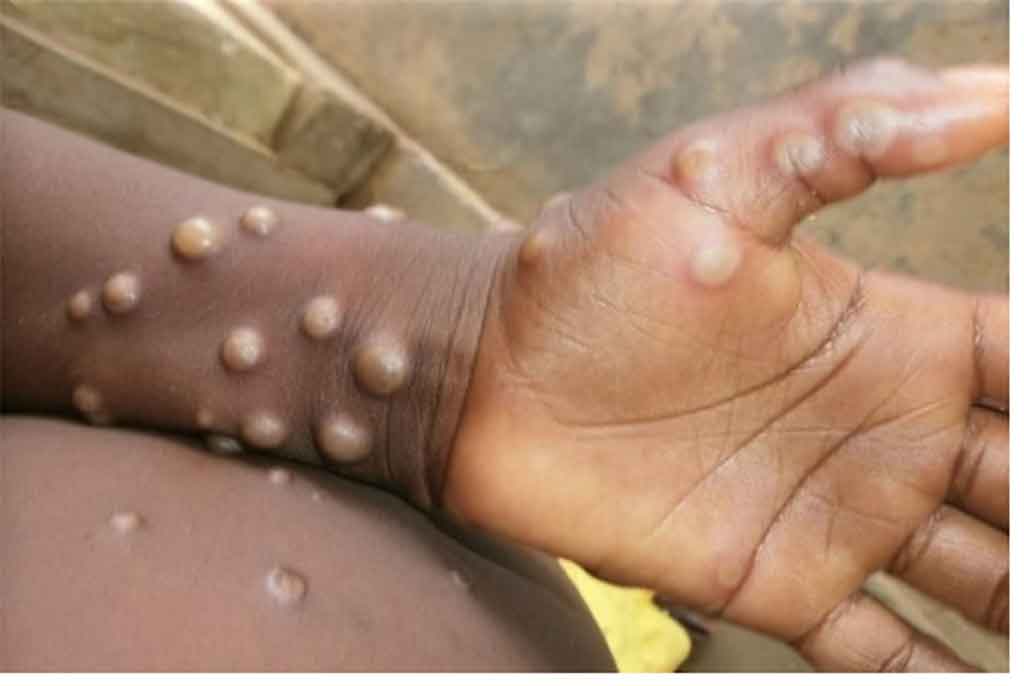In the midst of the declaration by the World Health Organization (WHO) of the disease as a public health emergency of international importance, the DRC stands out among the most affected countries, with a little more than 15,000 suspected cases, reported the Congolese newspaper Forum des AS.
The country’s health authorities are taking measures to eradicate the disease and are waiting for the arrival of vaccines managed by the Health Ministry, as well as for the aid to be mobilized following the emergency declarations made first by the African Union Health Agency and then by the WHO.
The Director General of the African Centers for Disease Surveillance and Prevention, Jean Kaseya, also promised that vaccines would be delivered to the most affected nations.
Meanwhile, medical teams are working on the ground to detect cases.
Particularly in Goma, they are promoting a campaign to identify suspects and isolate them, in order to stop the spread of the disease, according to the director of the Multiepidemic Center of the Provincial Hospital, Rachel Maguru, quoted by the Africanews website.
The specialist pointed out that the medical staff was concerned about people who present symptoms and do not go to the hospital, as this can lead to ‘a cascade of infections’.
She commented that the new variant of Mpox discovered in DRC is much more lethal, more contagious and is also characterized by milder symptoms and lesions in non-visible areas, such as the genitals, which makes it more difficult to detect.
ef/abo/mem/kmg









